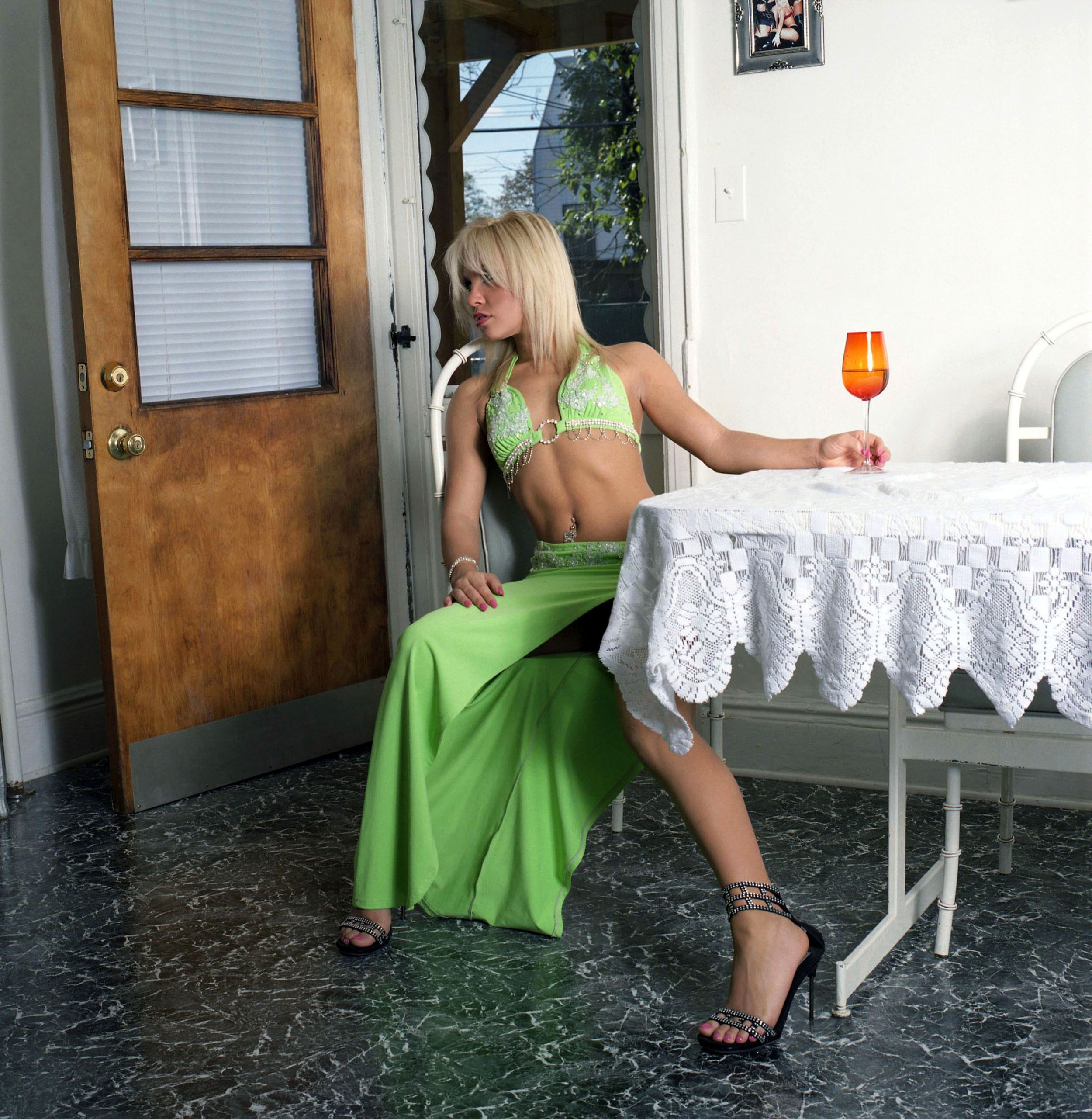A Private View
A Private View is a collaboration of photography and video work between Callie Barlow and Jazmen Galloza, taken between 2009 and 2016.
ARTIST STATEMENT
In 2009, I needed to research my senior thesis project and pay my rent in New York. I found an ad in Craigstlist for a cocktail waitress position at a Sapphire Gentlemen’s Club on the Upper East side, put on my tightest dress, and took the 6 Uptown. The GM took one look at me and decided I was more “funny money” material, and started me that night. A funny money girl makes less than a cocktail waitress, but the position keeps the wheels of the club churning. I took my duties seriously and provided Sapphire-branded Monopoly money to patrons to use for dances and tips, oversaw and managed the schedules of the VIP rooms, and paid out dancers at the end of the night. I interfaced with every area of the personnel, from management to hosts to dancers, and of course the full spectrum of patrons.
My goal was threefold. First: to observe and understand the emotional, physical, and political space of the gentlemen’s club, where sex, money, and power all collide; second: to meet a dancer(s) who would be interested in working on a project with me; and third: pay rent. I suspect I would have been on a fasttrack to pay off my student loans had I had the courage to upgrade my role from funny money girl to dancer. Alas, I was too scared to take my top off.
I quickly learned that there were not obvious answers to my curiosities and questions around who had the power and whether these spaces were safe for dancers. I came to understand that the dynamics at the gentlemen's club are constantly in flux. They can change on a daily basis and even from moment to moment. They are unique to each individual and there is not one universal story to tell. To distill it down to a singular experience would strip away the rich complexities of the dancers and the patrons.
With the entire oeuvre of the politics around sex work feeling too big to tackle, I became very interested in one particular facet of the work–the identities the dancers created when they stepped foot in the club. Each dancer had a stage name, and with that usually came a style of dressing, an attitude, and sometimes a story about who the dancer was. It seemed to be a tactic to access a deeper level of performance and sometimes distance themselves from the more difficult facets of the work.
One evening I met the dancer Alexis in the bathroom, freshening up before her stage call time. She was spunky and seemed to be having a good time entertaining the guests. There was an immediate chemistry and mutual curiosity in the other, a dynamic that I felt was required to allow for the exchange between photographer and the photographed, where I risked perpetuating the gaze she experienced each night at the club. With my interest in performance identity, I began to photograph the dancer Alexis in Jazmen’s domestic spaces. The resulting body of work shows the range in character that Jazmen created and questions the boundaries between our perceived selves and imagined selves.



















